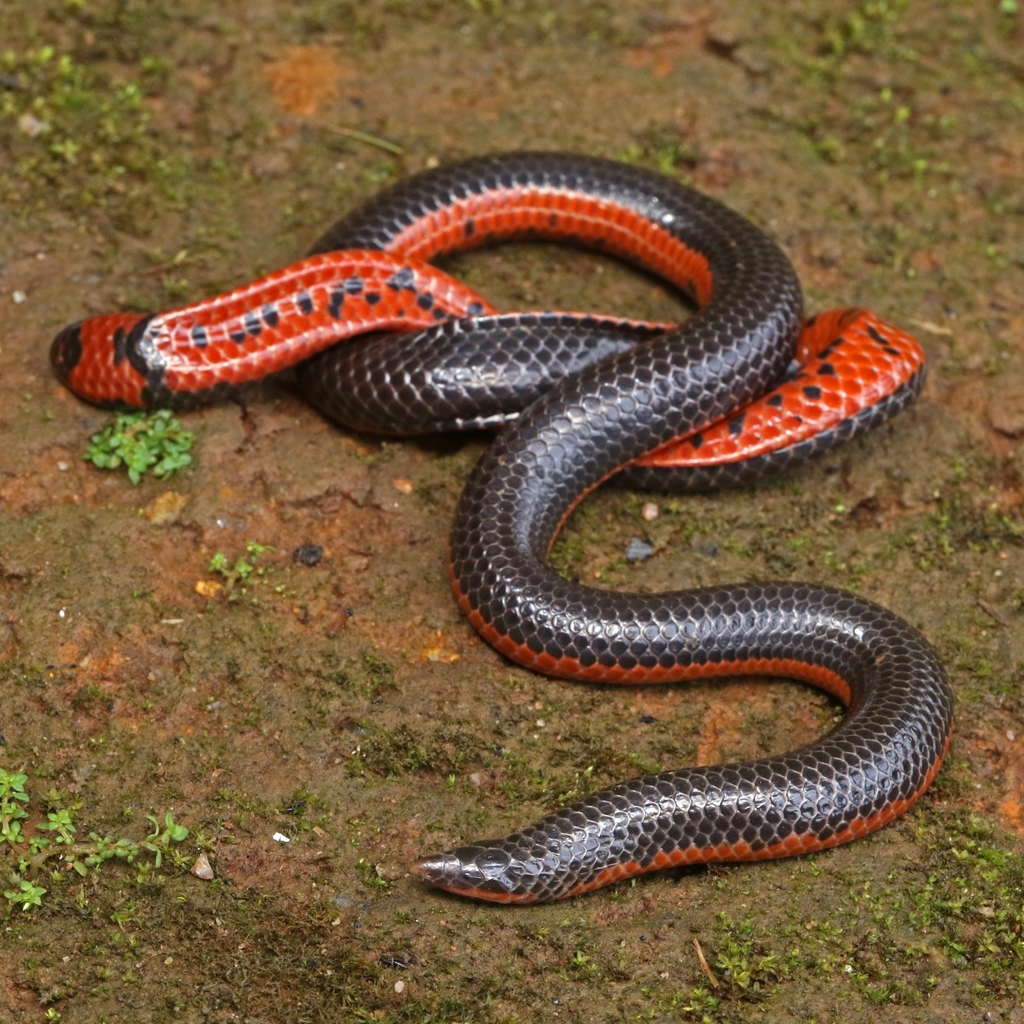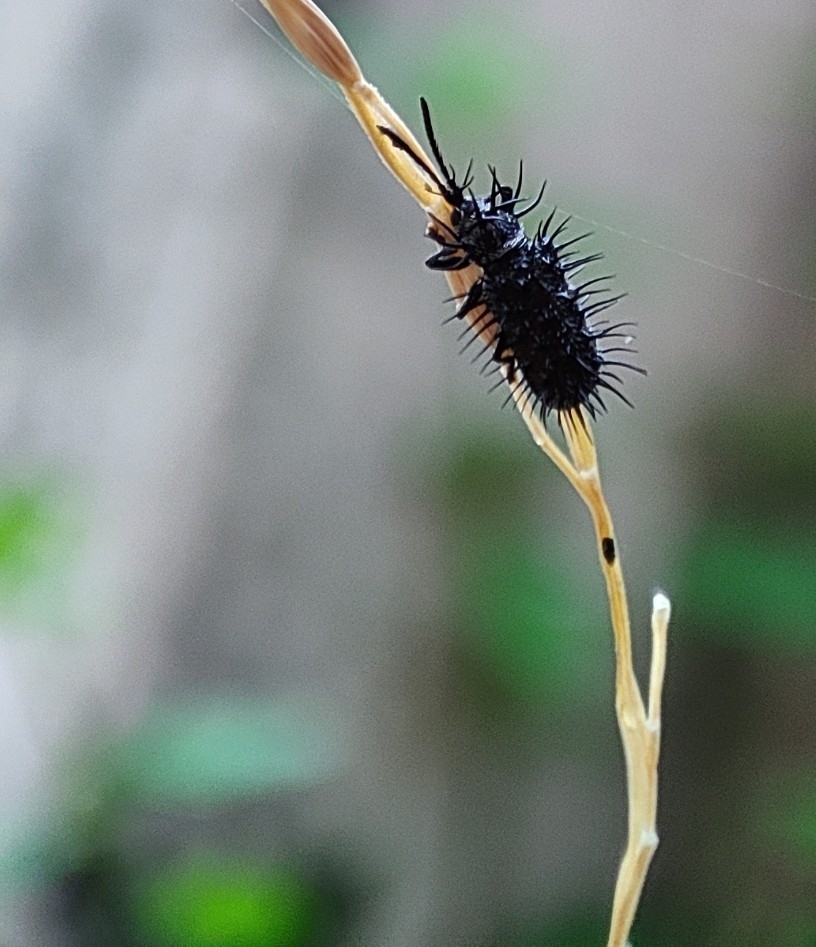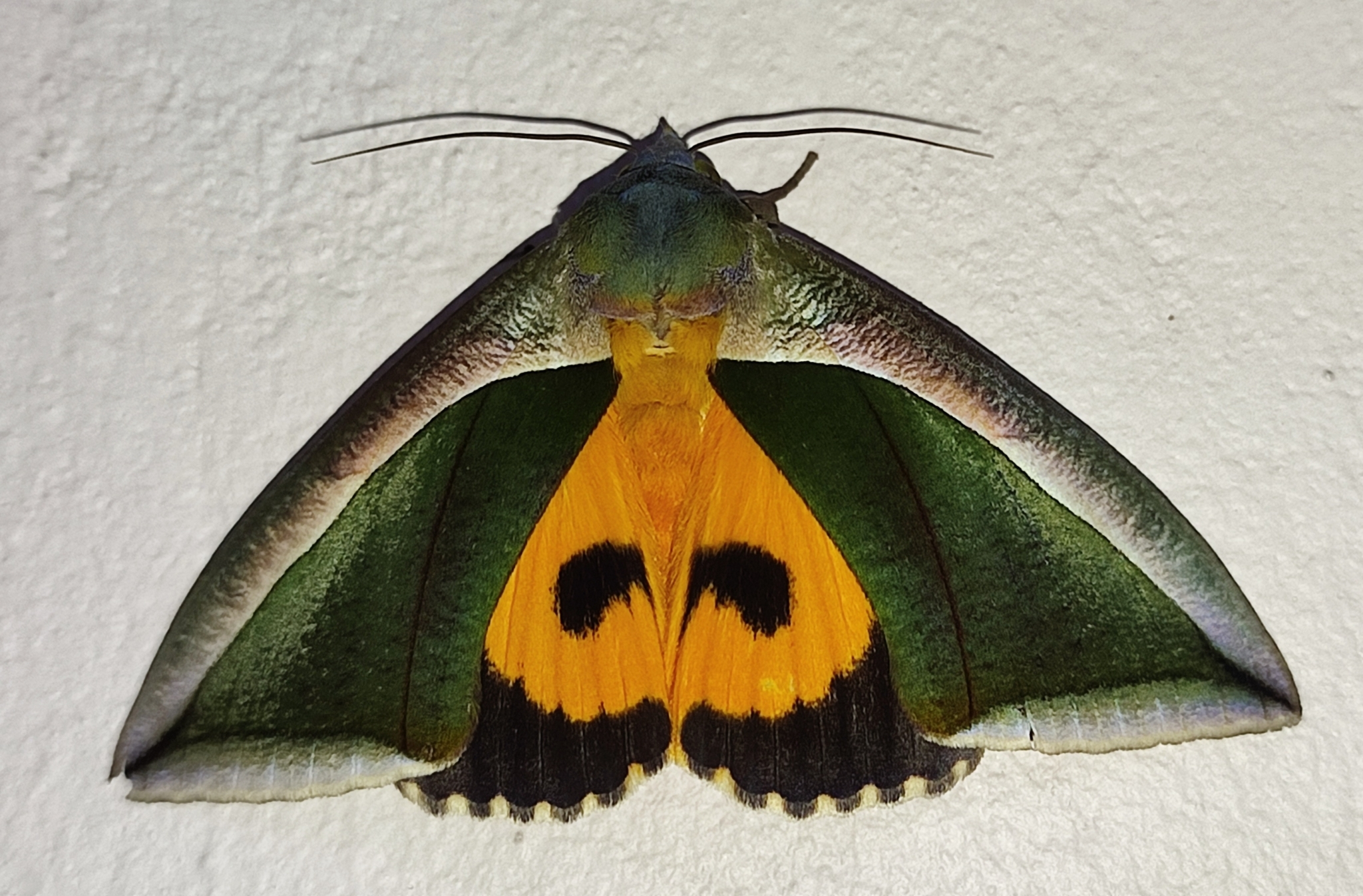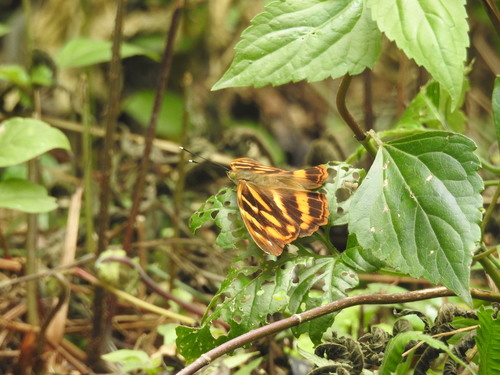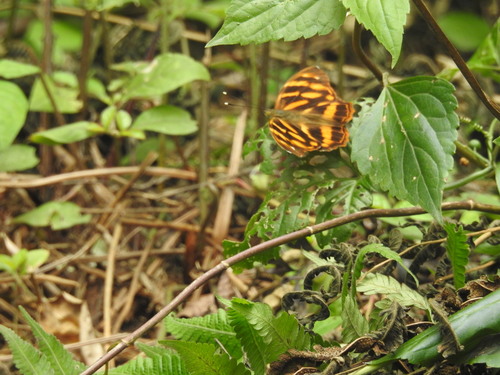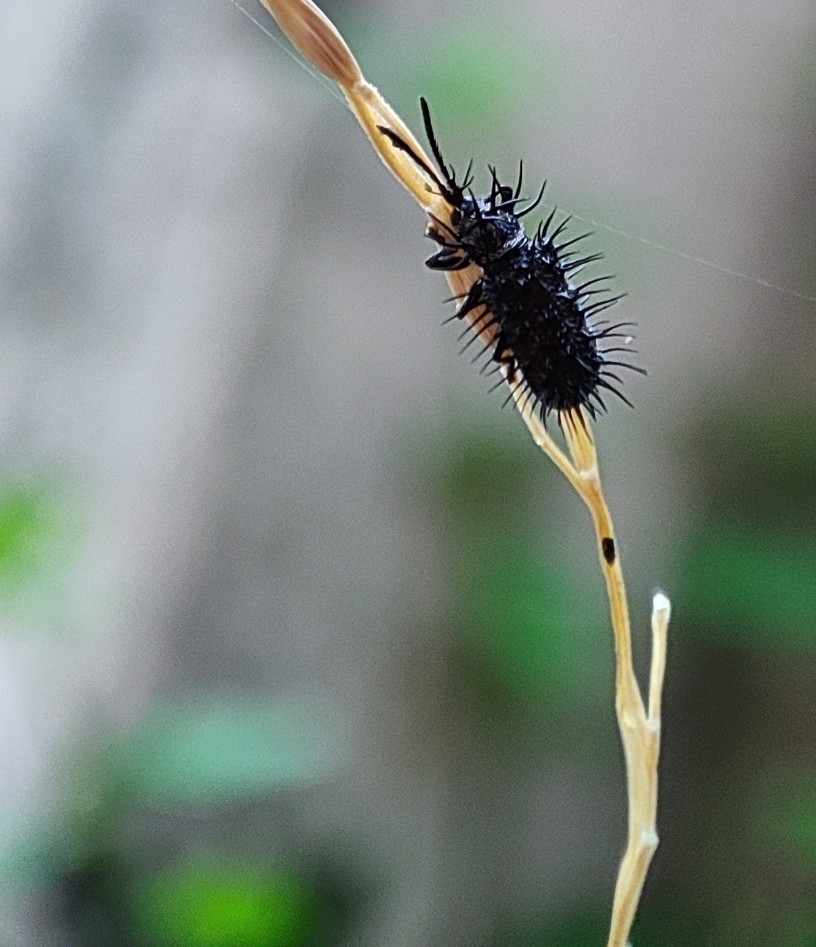Monsoon Beauty Certificates Update - 31st October 2021
Hello Friends
This post has been some time coming.
We are honored to have the support of Dr Ghazala Shahabuddin, Ashish Kothari, and Dr. Gopal Singh Rawat who are amongst India's leading natural science scientists, conservationists, authors and most importantly people deeply committed to involvement of communities in biodiversity conservation and conservation leadership. Read more about each of them in section below
We are happy to say that we are, finally, sending the certificates to the various recipients. The complete list of certificate receipients is provided below. Each participant is being informed via a personal message with a download link to their certificate mentioned in that as well.
Prize Award certificates
as per categories mentioned below
For Overall Most Observations
1st Prize Babloo Farswan (@babloo_farswan 4116 observations)
2nd Prize Vivek Kumar Patel (@vivek_nature 3131 observations)
3rd Prize (Joint) Navaneeth Sini George (@navaneethsinigeorge 1649 observations)
3rd Prize (Joint) @hive (1346 observations)
Most Observations by a Rural Observer
1st Prize Rajendra Singh Koranga (@rajkoranga 2888 observations)
2nd Prize Kapil Chand (@kapil_chand 789 observations)
3rd Prize Jagdish Singh Negi (@negi 675 observations)
Most observations by a New Observer
1st Prize Pawan Singh Koranga (@k_pawan 1777 observations)
2nd Prize Batriti Lamare (@ti_eramal 639 observations)
3rd Prize (Joint) Swapnendu Nayak (@swapnendu_nayak 531 observations)
3rd Prize (Joint) Ashish Sharma (@nomadash 476 observations)
Jury’s Award for Women Observers with most Observations
1st Prize Varsha Mehta @varsh1 572 observations)
2nd Prize Saumya Singh @saumya_singh 337 observations)
3rd Prize Surabhi Srivastava @surabhi_srivastava_gaur 309 observations)
Award for Most Identifications
1st Prize @muddytortoise 1269 observations)
2nd Prize Haneesh KM @haneesh 889 observations)
3rd Prize (Joint) Boris Büche @borisb 862 observations)
3rd Prize (Joint) Anubhav Agarwal @anubhav-agarwal 851 observations)
Certificate Of Appreciation
Certificate Of Appreciation for participants posting 150 or more observations
- Raja Bandi (@rajabandi 1257 observations)
- Subbu Ramanathan (@subbu107 1209 observations)
- Elavarasan M (@elavarasan_mm 1177 observations)
- Naeem Pamparambil (@naeempamparambil 891 observations)
- Swarochi Tathagath (@odonut 675 observations)
- Vivek Babu Girija (@vivekbgirija 541 observations)
- Unnikrishnan MP (@unnikrishnan_mp, 514 observations)
- Paulmathi Vinod (@paulmathi 490 observations)
- Aditya Bari (@naturalist_aditya 386 observations)
- Jaya Rakesh (@jaya_rakesh 369 observations)
- Balakrishnan Ram (@balakrishnan07 343 observations)
- Muddam Vijay Dixit Reddy (@vijay_dixit 337 observations)
- Aadya Thammaiah (@aadyathammaiah 282 observations)
- Nageshwaran Nageshwaran (@nageshwaran_nageshwaran 270 observations)
- Anubhav Agarwal (@anubhav-agarwal 270 observations)
- Chandu Bandi (@csbandi 257 observations)
- Subhalaxmi Muduli (@subhalaxmi_muduli 246 observations)
- Aibor Sanglyne (@aibor 237 observations)
- Swati Udayraj (@swatiudayraj 208 observations)
- Azhagarraja S (@azhagu 193 observations)
- Suvendu Nayak (@hrishialpha 191 observations)
- Swanand Kesari (@swanand 186 observations)
- Kartik Sundar (@kartiksundar 183 observations)
- Yuwaraj Gurjar (@ygurjar 180 observations)
- Virenvaz (@virenvaz 174 observations)
- Swati Sagarika Dakua (@swati_sagarika_dakua 156 observations)
- Kamlesh Atwal (@kamleshatwal 156 observations)
- Karan Thakkar (@karan7 199 observations)
Certificate of Appreciation for participants making 300 or more identifications
- Amila P Sumanapala (@amila_sumanapala 778 identifications)
- Swarochi Tathagath (@odonut 755 identifications)
- Suvendu Nayak (@hrishialpha 703 identifications)
- Subir B. Shakya (@subirshakya 665 identifications)
- Kevin S. Zebua (@zebs 639 identifications)
- Elavarasan M (@elavarasan_mm 619 identifications)
- Azhagarraja S (@azhagu 616 identifications)
- Piero Toni (@pierotoni10 594 identifications)
- Abhijat Shakya (@abhijatshakya 544 identifications)
- Firos AK (@firos_ak 493 identifications)
- Unnikrishnan MP (@unnikrishnan_mp 482 identifications)
- Kari Pihlaviita (@pihlaviita 452 identifications)
- Aditya Bari (@naturalist_aditya 340 identifications)
- Nagabhushan Jyothi (@nagabhushanjyothi 329 identifications)
- Murali (@awayk3n 302 identifications)
Kindly note that participants who received a Prize certificate are not mentioned in the respective Certificate of Appreciation Category listings
Introductions
Dr. Ghazala Shahabuddin
Has a PhD in Ecology and Conservation Biology from Duke University, USA (1998) where she studied the population and community-level impacts of habitat fragmentation on frugivorous butterfly species in Venezuela, under the supervision of Dr. John Terborgh.. Since then, her research has expanded to include human dimensions of biodiversity, such as community-based conservation, conservation-induced displacement, applied ornithology, and protected area management in India. She have also been active in the area of wildlife policy and politics in India. Her book ‘Conservation at the Crossroads’ (Permanent Black, 2010) critically examines contemporary wildlife policy and implementation in India. The aim of these books has been to explore meeting ground across the traditionally conflicted domains of social sciences and ecology. She also write frequently in popular media to popularize the applications of biology in biodiversity conservation. From 2009-2014, She was an Associate Professor at Dr. B.R. Ambedkar University in Delhi where She helped develop the University’s flagship multidisciplinary Master’s programme in Environment and Development. She taught ecology, statistics and environmental policy at Ambedkar and mentored numerous students. Since 2014, She has been working full-time on ecological and institutional change in multiple use forests in Mukteshwar area of Kumaon, accompanied by nature outreach activities. She and her colleagues host researchers and students and also organise training programmes for nature-linked tourism, with the aim of promoting 'ethical, sustainable, science-based and participatory' ecotourism businesses in the rural area. Her long-term goals are to improve the uptake of natural sciences in real-life conservation, enhance capacities of local people to learn about and rejuvenate their environment and to undertake applied research that is of value to field implementation.
Dr. Gopal Singh Rawat,
Is Formerly Dean, Wildlife Institute of India (WII), Dehradun and has been actively engaged in eco-floristic studies in the Himalayan region since more than four decades. He has been teaching field botany and wildlife habitat ecology at WII since last 35 years. His primary interests include systematics and ecology of alpine plants. He is Fellow of National Academy of Sciences, India. He has published over 250 research papers in various scientific journals and guided more than 30 Ph. D. students.
Currently a Senior Research Affiliate, WII Dehradun Dr Gopal Singh Rawat is one of India best know Plant Taxonomists and is probably one of the best field botany teachers. Many individuals have benefited from his guidance, and incredible energy and enthusiasm while out in the Himalayan wilds.
Ashish Kothari
Is a Founder-member, Kalpavriksh; member, many people’s movements. Has Taught, Indian Institute of Public Administration; coordinated India’s National Biodiversity Strategy & Action Plan, served on boards of Greenpeace International & India, ICCA Consortium. He helps coordinate Vikalp Sangam (www.vikalpsangam.org), Global Tapestry of Alternatives (www.globaltapestryofalternatives.org), & Radical Ecological Democracy (www.radicalecologicaldemocracy.org). An is a Co-author/co-editor, Churning the Earth, Alternative Futures, and Pluriverse: A Post-Development Dictionary.
Along with all of his work Ashish Kothari, an avid birder, also makes time to be part of many community run nature festivals. Ashish Kothari is also the author of Birds in Our Lives - An extremely readable and technically accurate account of bird conservation in India. The book is available on Amazon or as a pdf download here
Sample of the Certificates
Google photos new link
End Note
On behalf of India's Nature, we thank all the participants for your valuable contributions to the Monsoon Beauty 2021 event.
The primary goal of the event was to encourage new observers, especially in rural areas to join and take part in a citizen science event. The willingness to participate as an observer and / or identifier has enhanced the event and contributed to the rich diversity of observations.
We will be announcing another event shortly and hope you would join us and enrich that event as well
Once again, thank you for being a part of this event
Sincerely,
Team
India's Nature
Monsoon Beauty 2021


